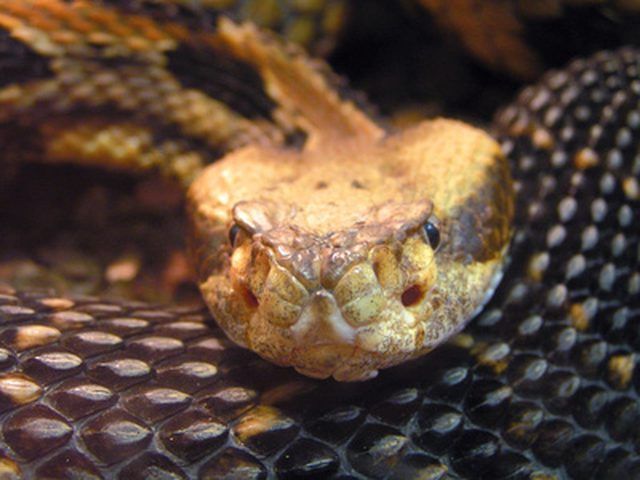Bulbs
Flower Basics
Flower Beds & Specialty Gardens
Flower Garden
Garden Furniture
Garden Gnomes
Garden Seeds
Garden Sheds
Garden Statues
Garden Tools & Supplies
Gardening Basics
Green & Organic
Groundcovers & Vines
Growing Annuals
Growing Basil
Growing Beans
Growing Berries
Growing Blueberries
Growing Cactus
Growing Corn
Growing Cotton
Growing Edibles
Growing Flowers
Growing Garlic
Growing Grapes
Growing Grass
Growing Herbs
Growing Jasmine
Growing Mint
Growing Mushrooms
Orchids
Growing Peanuts
Growing Perennials
Growing Plants
Growing Rosemary
Growing Roses
Growing Strawberries
Growing Sunflowers
Growing Thyme
Growing Tomatoes
Growing Tulips
Growing Vegetables
Herb Basics
Herb Garden
Indoor Growing
Landscaping Basics
Landscaping Patios
Landscaping Plants
Landscaping Shrubs
Landscaping Trees
Landscaping Walks & Pathways
Lawn Basics
Lawn Maintenance
Lawn Mowers
Lawn Ornaments
Lawn Planting
Lawn Tools
Outdoor Growing
Overall Landscape Planning
Pests, Weeds & Problems
Plant Basics
Rock Garden
Rose Garden
Shrubs
Soil
Specialty Gardens
Trees
Vegetable Garden
Yard Maintenance
How to Get Rid of House Snakes
How to Get Rid of House Snakes. According to the AAAnimal Control, there are around 120 different species of snakes living in North America. Of these 120 species of snakes, close to 10 percent of them are venomous. The idea of a snake in your home can be worrisome. Even non-venomous snakes can still bite you, your children or your pets if they...

According to the AAAnimal Control, there are around 120 different species of snakes living in North America. Of these 120 species of snakes, close to 10 percent of them are venomous. The idea of a snake in your home can be worrisome. Even non-venomous snakes can still bite you, your children or your pets if they become afraid or provoked. Although you should never try to handle a potentially venomous snake, knowing how to safely remove snakes from your home can help you protect yourself and your family from snake bites.
Things You'll Need
Snake trap
5-gallon bucket
Lid
Rake
Snake Traps
Determine the type of snake you are dealing with. If the snake is venomous, do not attempt to remove the snake and contact a professional immediately. Even if the snake is not venomous, exercise great caution when working around snakes. They can and will bite.
Choose and purchase a snake trap. These can be found in home improvement stores and garden supply stores.
Place the trap along a wall in a location you know the snake is frequenting. Make sure the trap is on the floor.
Check your trap often.
Remove the snake from the trap according to the trap's directions. Place the snake into a 5-gallon bucket or large box and cover the top of it with a lid or piece of cardboard.
Release your trapped snake several miles from your home to ensure it does not return.
Using a Rake
Determine the type of snake you are dealing with. If the snake is venomous, do not attempt to remove the snake and contact a professional immediately. Even if the snake is not venomous, exercise great caution when working around snakes. They can and will bite.
Choose a rake to catch the snake. Preferably, use a child's rake since the prongs are closer together and the handles are shorter, making them easier to maneuver; however, an adult rake will work as well.
Use the prongs of the rake to snag the snake. Your goal is to grab it near the center of the snake so gravity does not pull it off the rake. About a third of the way down its body, away from its head is a good place to aim.
Place the snake into a 5-gallon bucket or large box and cover the top of it with a lid or piece of cardboard.
Release your trapped snake several miles from your home to ensure it does not return.
Tips & Warnings
After you have located, trapped and released the snake, you should take time to inspect your home and determine any entry points. These entry points need to be sealed to prevent future snakes from making your home their new home.